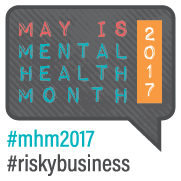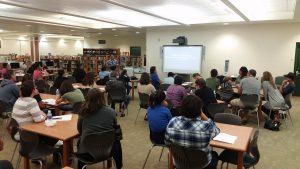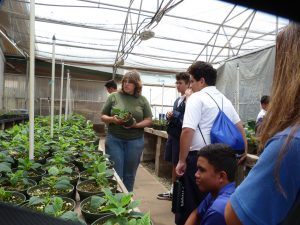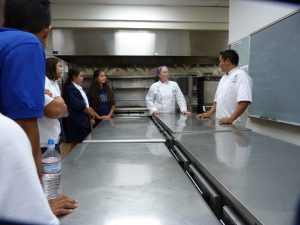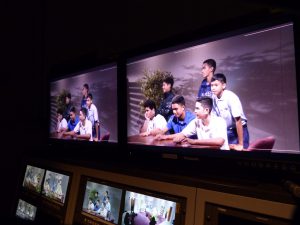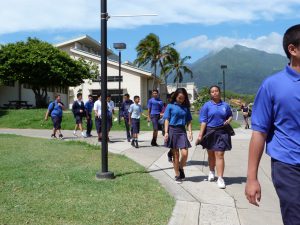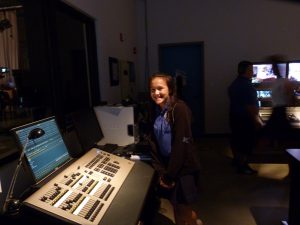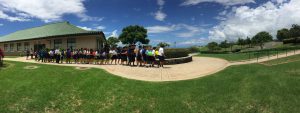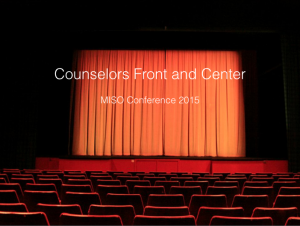A Letter From Your Middle School Counselors
Aloha e nā makua,
We would like to begin by sharing how much we miss seeing and interacting with your haumāna as well as the energy that they bring to our campus. We would also like to reassure you that the health and well-being of your haumāna and their ‘ohana remains of utmost importance to us. Although none of us have experienced a pandemic of this nature and reach the faculty and staff at Kamehameha Schools Maui campus have united in purpose to provide the best possible educational experience for your haumāna despite the uncertainty of the times.
We would like to thank all of you for your patience and support as we voyage through uncharted waters together. The next few weeks will be challenging and mistakes and concerns will happen but through it all we will emerge stronger together. Our founder Ke Ali’i Bernice Pauahi Bishop’s life was filled with tragedy that she endured and matured to become the woman that we look to as an example of strength and resilience.
As a K-12 counseling department, we will be meeting regularly to collaborate and discuss the best and safest procedures and policies for providing services to your haumāna. We must redefine our counseling program as we visualize what this will look like under the Distance Learning model.
Presently, we will be providing Guidance classes through our Google classrooms and are being given parameters on how we will be video conferencing with haumāna to provide individual and/or small group meetings. We will be posting updates here on our blog as they become available so please check back periodically.
Please continue to contact us with any questions and concerns you may have. Mahalo nui for your support.
E mālama pono,
Kumu Kekaula and Kumu Mike
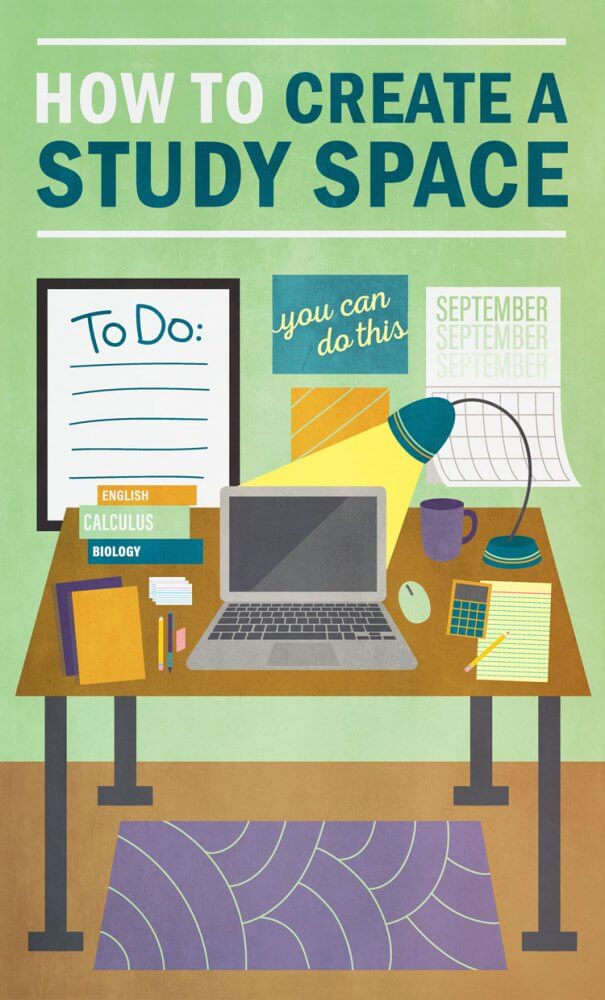
Although creating the optimal study space is not always possible, use the following guidelines whenever feasible;
- Remove all distractions including technology not needed for assignments.
- Make your study space comfortable but not too comfortable that you fall asleep.
- Have easy access to all material and supplies you need before you start.
- Give yourself enough space to spread out and work.
- Organize your area and keep your planner and a calendar nearby.
- Check your Learning Styles Inventory in Naviance to review your preferences.
- Experiment with lighting.
- Adjust your study space to the ideal temperature.
- As much as possible keep the same study space to begin creating a normal routine.
COVID-19 Resources

Specific Guidelines
Remain calm and reassuring
- Children will react to and follow your verbal and nonverbal reactions.
- What you say and do about COVID-19, current prevention efforts, and related events can either increase or decrease your children’s anxiety.
- If true, emphasize to your children that they and your family are fine.
- Remind them that you and the adults at their school are there to keep them safe and healthy.
- Let your children talk about their feelings and help re-frame their concerns into the appropriate perspective.
Make yourself available
- Children may need extra attention from you and may want to talk about their concerns, fears, and questions.
- It is important that they know they have someone who will listen to them; make time for them.
- Tell them you love them and give them plenty of affection.
Avoid excessive blaming
- When tensions are high, sometimes we try to blame someone.
- It is important to avoid stereotyping any one group of people as responsible for the virus.
- Bullying or negative comments made toward others should be stopped and reported to the school.
- Be aware of any comments that other adults are having around your family. You may have to explain what comments mean if they are different than the values that you have at home.
Monitor television viewing and social media
- Limit television viewing or access to information on the Internet and through social media. Try to avoid watching or listening to information that might be upsetting when your children are present.
- Speak to your child about how many stories about COVID-19 on the Internet may be based on rumors and inaccurate information.
- Talk to your child about factual information of this disease—this can help reduce anxiety.
- Constantly watching updates on the status of COVID-19 can increase anxiety—avoid this.
- Be aware that developmentally inappropriate information (i.e., information designed for adults) can cause anxiety or confusion, particularly in young children.
- Engage your child in games or other interesting activities instead.
Maintain a normal routine to the extent possible.
- Keep to a regular schedule, as this can be reassuring and promotes physical health.
- Encourage your children to keep up with their schoolwork and extracurricular activities, but don’t push them if they seem overwhelmed.
Be honest and accurate.
- In the absence of factual information, children often imagine situations far worse than reality.
- Don’t ignore their concerns, but rather explain that at the present moment very few people in this country are sick with COVID-19.
- Children can be told this disease is thought to be spread between people who are in close contact with one another—when an infected person coughs or sneezes.
- It is also thought it can be spread when you touch an infected surface or object, which is why it is so important to protect yourself.
- For additional factual information contact your school nurse, ask your doctor, or check the https://www.cdc.gov/coronavirus/2019-ncov/index.html website.
Know the symptoms of COVID-19.
- The CDC believes these symptoms appear in a few days after being exposed to someone with the disease or as long as 14 days after exposure:
- o Fever
- o Cough
- o Shortness for breath
- For some people the symptoms are like having a cold; for others they are quite severe or even life threatening. In either case it is important to check with your child’s healthcare provider (or yours) and follow instructions about staying home or away from public spaces to prevent the spread of the virus.
Review and model basic hygiene and healthy lifestyle practices for protection.
- Encourage your child to practice every day good hygiene—simple steps to prevent spread of illness:
- Wash hands multiple times a day for at least 20 seconds (singing Twinkle, Twinkle Little Star slowly takes about 20 seconds).
- Cover their mouths with a tissue when they sneeze or cough and throw away the tissue immediately, or sneeze or cough into the bend of their elbow. Do not share food or drinks.
- Practice giving fist or elbow bumps instead of handshakes. Fewer germs are spread this way.
- Giving children guidance on what they can do to prevent infection gives them a greater sense of control over disease spread and will help to reduce their anxiety.
- Encourage your child to eat a balanced diet, get enough sleep, and exercise regularly; this will help them develop a strong immune system to fight off illness.
Discuss new rules or practices at school.
- Many schools already enforce illness prevention habits, including frequent hand washing or use of alcohol-based hand cleansers.
- Your school nurse or principal will send information home about any new rules or practices.
- Be sure to discuss this with your child.
- Contact your school nurse with any specific questions.
Communicate with your school.
- Talk to your school nurse, school psychologist, school counselor, or school social worker if your child is having difficulties as a result of anxiety or stress related to COVID-19. They can give guidance and support to your child at school. • Make sure to follow all instructions from your school.
*excerpts from NASP & NASN. “Talking to Children About COVID-19”, Feb. 2019, pp. 1-3.
COVID-19 Resource Links
Talking to Children About COVID-19 (Coronavirus): A Parent Resource
Fact sheets on supports during infectious disease outbreaks
